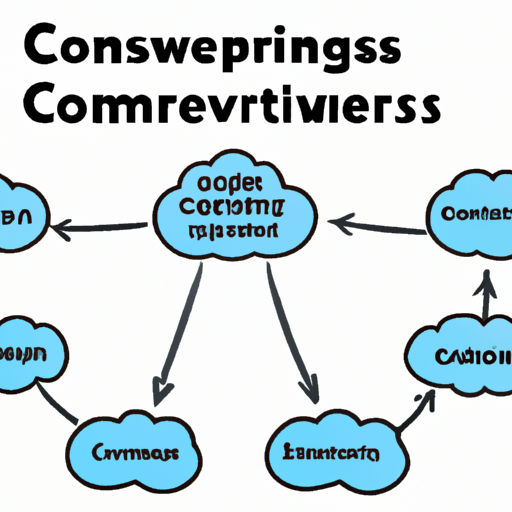In recent years, Virtual Reality (VR) has become a buzzword in the world of technology and entertainment. This immersive technology allows users to enter a computer-generated environment, experiencing sights and sounds as if they were part of a real-world scenario. As VR technology continues to advance, its impact on the entertainment industry is undeniable.
The Evolution of Virtual Reality Technology
VR has evolved significantly since its early days. From bulky headsets to sleek, user-friendly designs, the technology now offers high-resolution graphics, spatial audio, and motion tracking. These advancements have enabled a new level of interaction and immersion that was previously unimaginable.
Revolutionizing Gaming
Gaming is one of the most prominent areas where virtual reality has made waves. Popular VR games like Beat Saber and Half-Life: Alyx provide players with an engaging experience that traditional gaming cannot match. Players can physically interact with their environments, making gaming feel more real than ever before.
The Future of Movies and VR
Not limited to gaming, VR is also shaping the future of films. Directors are experimenting with VR storytelling, allowing audiences to become part of the narrative. Films created for VR platforms offer unique viewing experiences that challenge traditional cinema, making the viewer an active participant in the story.
Social Interaction and Virtual Reality
Virtual reality also revolutionizes social interactions. Platforms like VRChat enable users to connect in a 3D virtual space, fostering a sense of community even across distances. These platforms support gatherings, events, and meetups, allowing for social interactions that transcend physical boundaries.
The Challenges Ahead
Despite its many advantages, the adoption of VR technology is not without challenges. Issues like motion sickness and the high cost of equipment can deter potential users. Moreover, developers continue to explore how to create engaging content that keeps users coming back for more.
Conclusion
The future of virtual reality in entertainment is bright, filled with endless possibilities. As technology progresses, we can expect to see more innovative applications that will enhance our experiences, both in gaming and in other forms of entertainment. Whether it will completely replace traditional forms of entertainment remains to be seen, but one thing is for sure: VR is here to stay.













